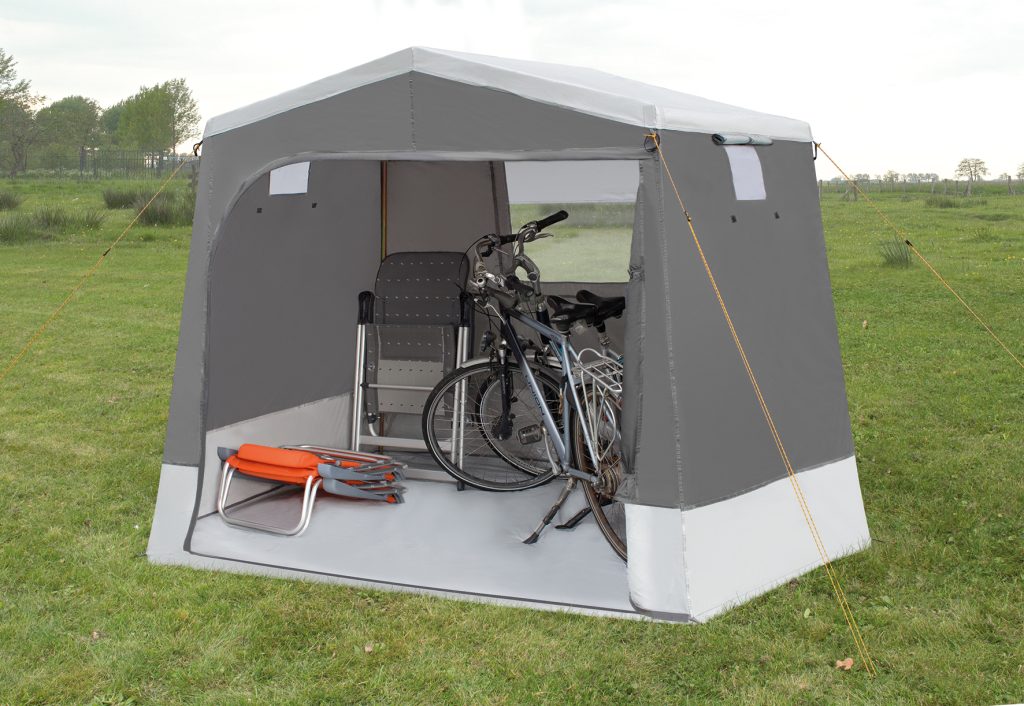В царстве приключений на природе и практичных решений для хранения вещей выбор правильного материала для палатки для хранения имеет решающее значение. Независимо от того, защищаете ли вы походное снаряжение от непредсказуемой погоды, охраняете ценные инструменты на строительной площадке или просто создаете временное укрытие для мероприятий на открытом воздухе, выбор материала брезента может иметь решающее значение. В этом подробном руководстве рассматриваются ключевые факторы, которые необходимо учитывать, и представлены лучшие брезентовые материалы, каждый из которых предназначен для конкретных мероприятий на открытом воздухе. палатка для хранения требования.

I. Понимание основ: Что такое брезент?
Брезент, обычно называемый брезентом, - это большой лист прочного, водонепроницаемого и часто гибкого материала, используемого для различных защитных и укрывных целей. Его универсальность обусловлена разнообразием материалов, из которых он может быть изготовлен, каждый из которых обладает уникальными свойствами, подходящими для различных областей применения.
II. Оценка ваших потребностей: Основные соображения
Прежде чем приступить к изучению материалов, давайте рассмотрим основные факторы, которые необходимо учитывать:
1. Долговечность:
Как долго прослужит палатка под воздействием солнца, дождя, ветра и возможного истирания?
2. Гидроизоляция:
Необходим для защиты содержимого от влаги.
3. Устойчивость к ультрафиолетовому излучению:
Защищает от выцветания и ослабления под воздействием солнечных лучей.
4. Прочность на разрыв:
Способность выдерживать проколы и разрывы от острых предметов или грубого обращения.
5. Вес и портативность:
Легкие брезенты проще транспортировать и переносить.
6. Дышащие свойства:
В некоторых случаях важно обеспечить отвод влаги.
7. Стоимость:
Баланс между качеством и доступностью.
III. Полиэтиленовые (ПЭ) брезенты: Универсальная рабочая лошадка
1. Долговечность и водонепроницаемость:
Полиэтиленовые брезенты славятся своей водонепроницаемостью, сохраняя содержимое сухим даже в самый сильный дождь. Кроме того, они достаточно прочны и хорошо противостоят разрывам и проколам.
2. Устойчивость к ультрафиолетовому излучению:
Некоторые полиэтиленовые брезенты обработаны ингибиторами ультрафиолетового излучения, что продлевает срок их службы в солнечную погоду.
3. Портативность и стоимость:
Легкие и простые в складывании, полиэтиленовые брезенты очень портативны и доступны по цене, что делает их популярным выбором среди туристов, энтузиастов DIY и тех, кто ищет бюджетные решения.
4. Ограничения:
Более низкая прочность на разрыв по сравнению с некоторыми другими материалами и, возможно, не такая воздухопроницаемая.
IV. Брезентовые тенты: Классический выбор
1. Долговечность и прочность:
Благодаря плотному плетению волокон брезент обладает исключительной долговечностью и прочностью на разрыв. Они идеально подходят для тяжелых условий эксплуатации, где прочность имеет ключевое значение.
2. Дышащие свойства:
Брезентовые тенты, имеющие естественную пористость, позволяют влаге выходить наружу, уменьшая образование конденсата и плесени.
3. Эстетика:
Холст имеет вневременной, деревенский вид, который придает шарм любому месту на открытом воздухе.
4. Недостатки:
Не так водонепроницаем, как полиэтилен, без дополнительной обработки, может быть тяжелее и дороже.
V. Брезент из поливинилхлорида (ПВХ): Вариант для тяжелых условий эксплуатации
1. Водонепроницаемость и долговечность:
ПВХ брезент обеспечивают превосходную водонепроницаемость и являются одними из самых прочных на рынке. Они устойчивы к разрывам, проколам и потертостям.
2. Устойчивость к ультрафиолетовому излучению:
Естественная устойчивость к выцветанию под воздействием солнечного света.
3. Универсальность:
Выпускается в различных вариантах толщины и веса, подходит для любых целей - от легкого кемпинга до промышленного применения.
4. Соображения:
Тяжелее, чем полиэтилен, но все еще управляем. Дороже базовых полиэтиленовых брезентов, но обладает превосходными характеристиками.
VI. Нейлоновые брезенты: Чемпион по легкому весу
1. Легкий и портативный:
Идеально подходит для рюкзаков и путешественников, которым нужно компактное и удобное для переноски решение.
2. Долговечность и прочность:
Нейлоновые брезенты удивительно прочны, несмотря на свой небольшой вес, они хорошо выдерживают разрывы и проколы.
3. Водонепроницаемость:
Хотя нейлоновые брезенты не являются полностью водонепроницаемыми без дополнительных покрытий, они могут эффективно отталкивать воду в умеренных условиях.
4. Устойчивость к ультрафиолетовому излучению:
Часто обрабатывается УФ-протекторами для сохранения цвета и прочности.
VII. Брезент из полиэстера с силиконовым покрытием: Выбор премиум-класса
1. Водонепроницаемость и воздухопроницаемость:
Брезенты из полиэстера с силиконовым покрытием сочетают в себе исключительную водонепроницаемость и хорошую воздухопроницаемость, что сводит к минимуму образование конденсата.
2. Долговечность и устойчивость к ультрафиолетовому излучению:
Высокая устойчивость к выцветанию, разрывам и истиранию обеспечивает длительное использование.
3. Легкий и гибкий:
Несмотря на свои первоклассные качества, они остаются легкими и простыми в обращении.
4. Стоимость:
Брезент из полиэстера с силиконовым покрытием стоит дороже, но для тех, кто ищет лучшее из двух миров с точки зрения производительности и портативности, он стоит того, чтобы вложить в него деньги.
VIII. Выбор подходящего варианта
Выбор лучшего материала для брезента в конечном итоге сводится к сопоставлению ваших конкретных потребностей со свойствами каждого материала. Если вы ограничены в бюджете и нуждаетесь в базовом водонепроницаемом покрытии, то брезент из полиэтилена не будет лишним. Для тяжелых промышленных условий или длительного пребывания на открытом воздухе лучше всего подойдут ПВХ или нейлон. Брезентовые брезенты имеют классический вид и обладают хорошей воздухопроницаемостью, а полиэстер с силиконовым покрытием - это максимальная производительность и портативность.
Заключение
В огромном разнообразии тентовых решений для хранения на открытом воздухе брезент играет важную роль в обеспечении сохранности и безопасности ваших вещей. Тщательно продумав свои требования и изучив разнообразный ассортимент доступных материалов, вы сможете найти идеальный брезент, отвечающий вашим потребностям. Если вы заядлый турист, энтузиаст DIY или просто хотите защитить свои ценности от стихии, подходящий брезентовый материал находится всего в нескольких кликах или шагах от вас.
